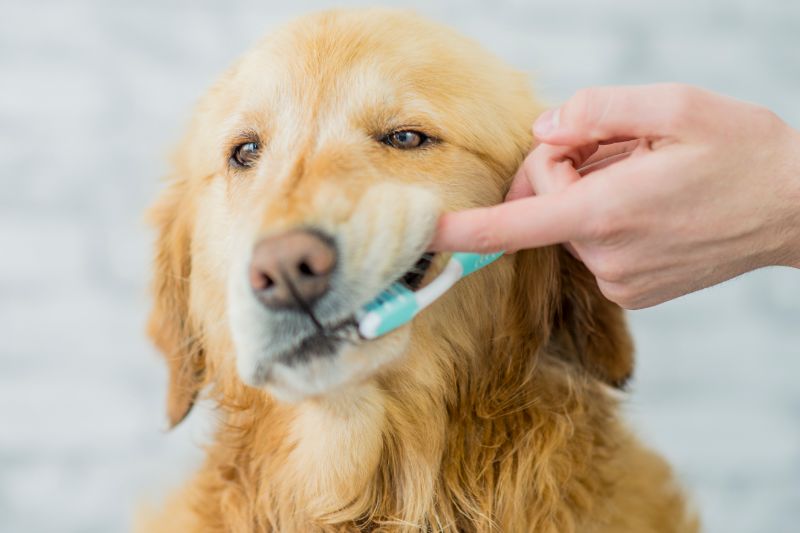Big, Bright Smile: How to Brush Your Pet’s Teeth
Your pet’s teeth are not only important for eating and chewing, they are also connected to other aspects of your pet’s health. Pets with good oral health and consistent brushing and cleaning are less likely to lose teeth, develop decay, and succumb to periodontal disease. While wellness examinations and dental cleanings are paramount to a great pet dental program, tooth brushing is the basis of at home dental care.
The team at Sunrise Boulevard Animal Hospital is here to show you the ropes on how to brush your pet’s teeth. Let’s explore!
Simple Steps to Brushing Your Pet’s Teeth
Before you begin, choose a routine that works for you and your pet. For example, each evening before bed, right after you brush your own teeth, or first thing in the morning after breakfast. It may also not be realistic to brush their teeth each day (although it is preferred), try for 3-4 times per week and schedule that in your alerts.
- Gather your tools. Get your toothbrush and pet toothpaste, finger brush, a container of water, and some towels (never human toothpaste as it is toxic). Include a small treat as a reward.
- Seat your pet in front of you or on a nonslip counter if your pet is small.
- Gently expose the front teeth by lifting your pet’s lip. Massage the teeth and gums with the finger brush. Do this for the first few weeks, acclimating your pet to the process.
- As your pet gets comfortable, use a toothbrush and paste, wetting it with water, and brush the front teeth using an up and down, then back and forth motion.
- In a week or so, try moving to the side and back of the teeth by opening up the jowl on each side, then using the same brushing motions.
- Keep brushing sessions short, between 2-4 minutes.
- Reward your pet with verbal praise throughout the session.
- Look for redness, swelling, chipped teeth, or any other signs of problems.
- Thoroughly rinse off the brush in water, then dab up any paste around your pet’s mouth with the towel.
- Give your pet a treat for a job well done.
What About Dental Chews?
Dental chews can be a good complement to regular brushing; however, they don’t replace the brush. Some dental chews are better for your pet than others. Avoid bone and animal products to prevent injury or choking. The Veterinary Oral Health Council (VOHC) oversees dental products for pets and have a seal of approval on those that meet their standard. Look for these seals before purchasing a dental chew for your friend.
Need Help?
If you require help brushing your pet’s teeth, please call us or ask for instructions and pointers the next time you and your pet are in for their wellness examinations. Pet dental disease is an unfortunately common problem among pets over the age of three. Signs of disease include inflammation, bleeding, swelling, missing teeth, decay, and so on. If you see these in your pet, alert us to this so we can begin treatment.
For more information on pet dental care, please call our friendly team.

